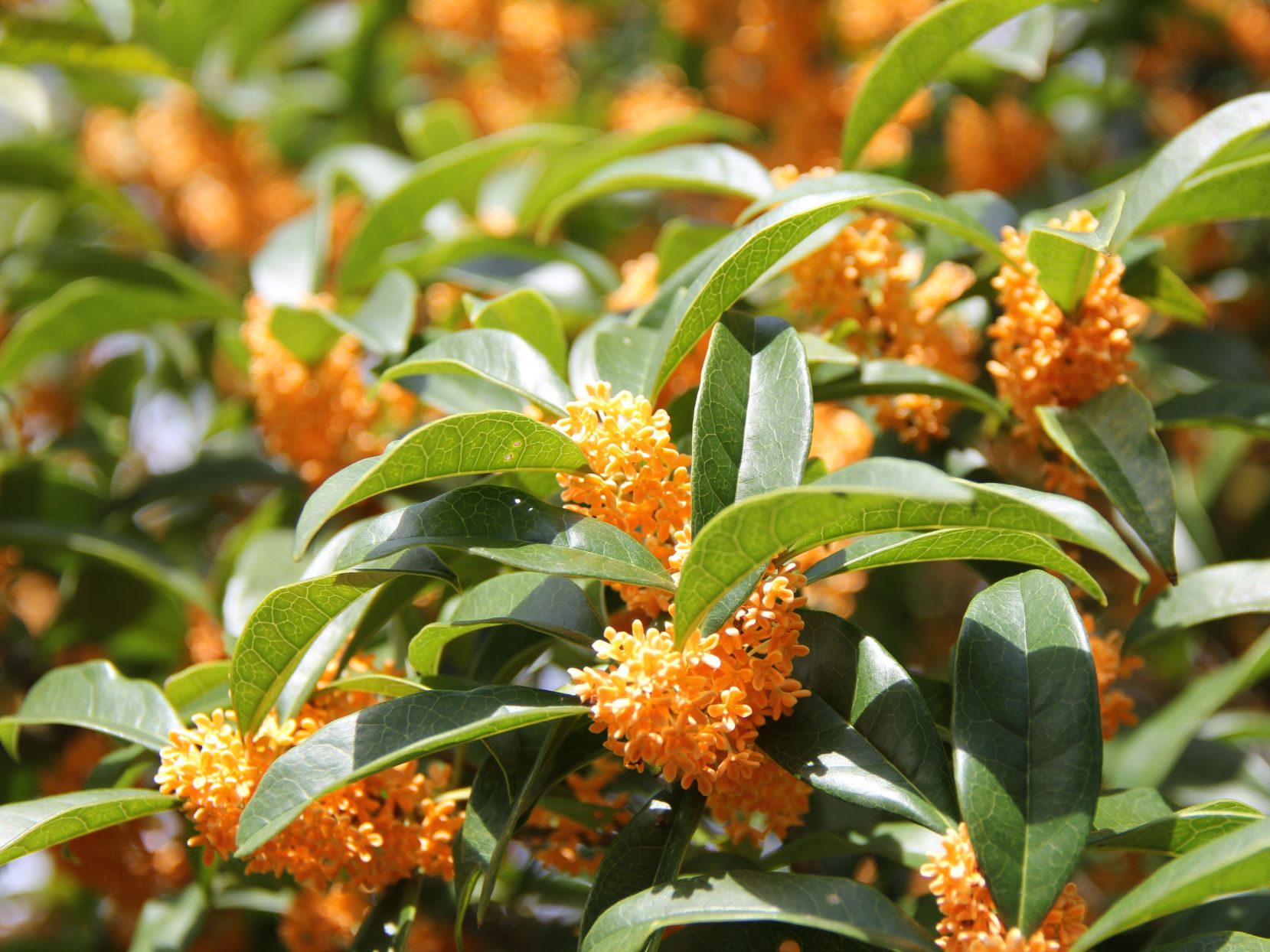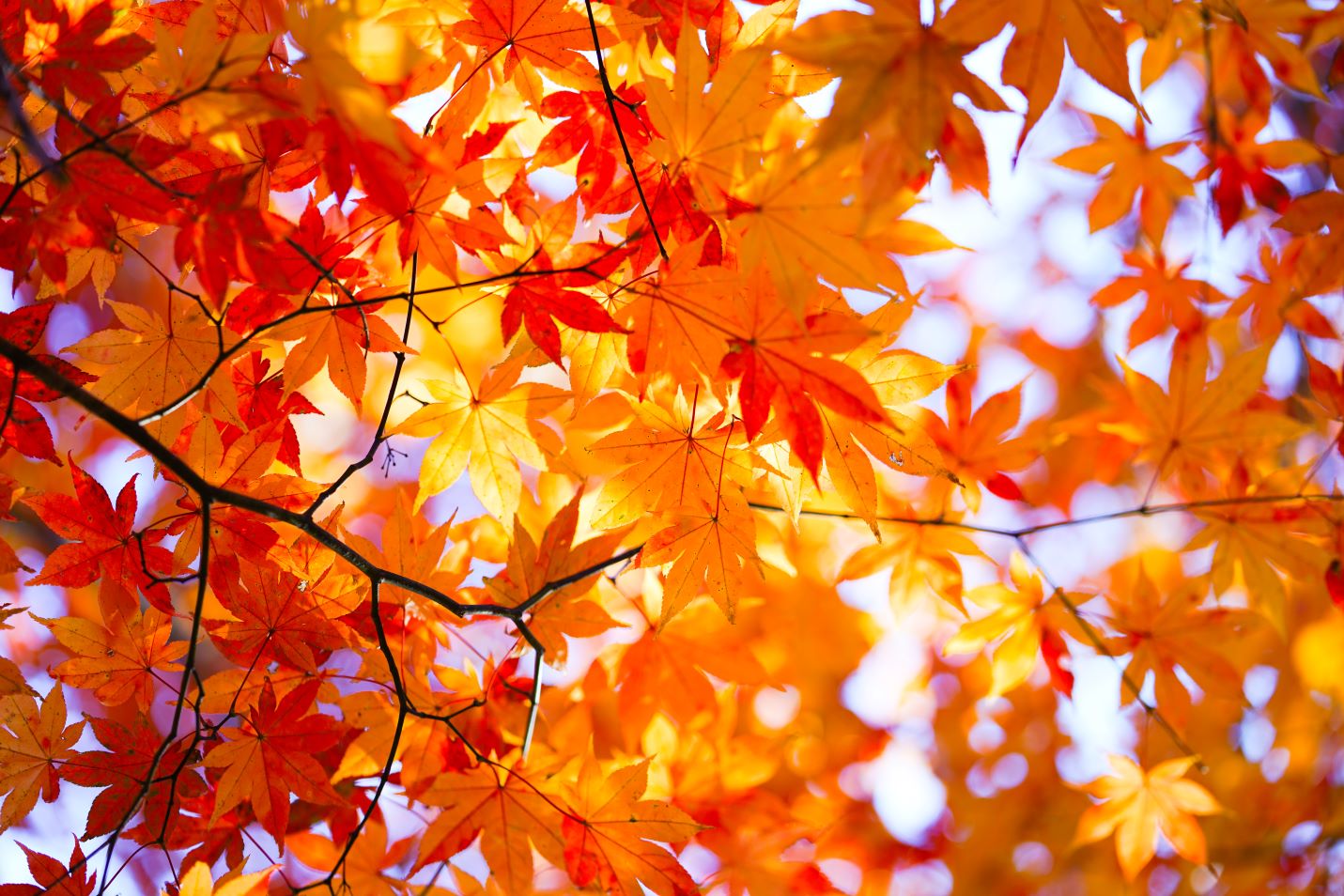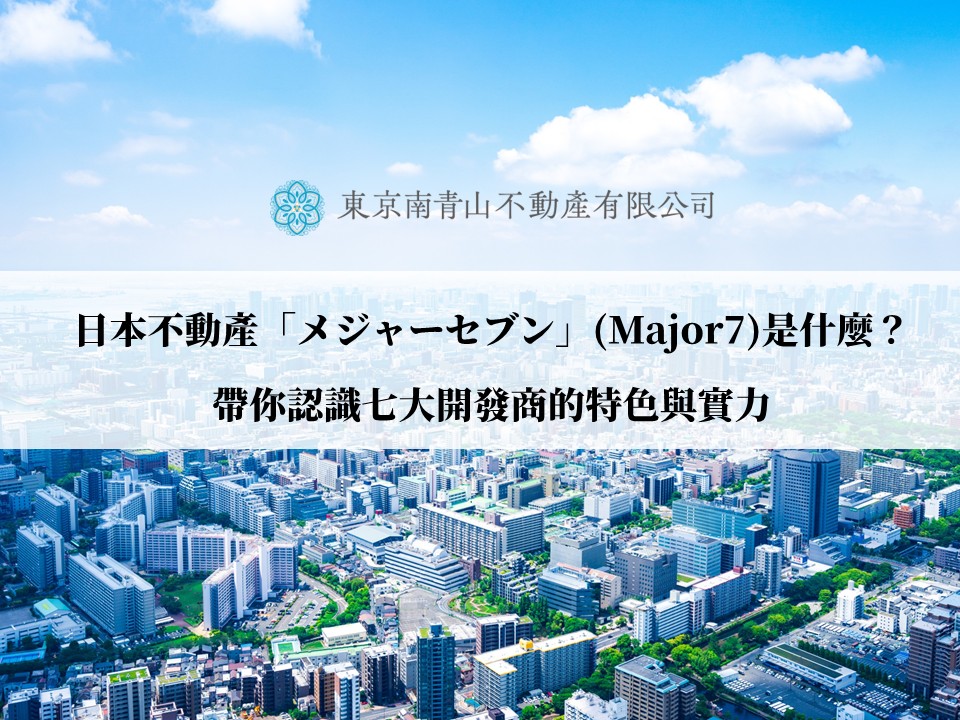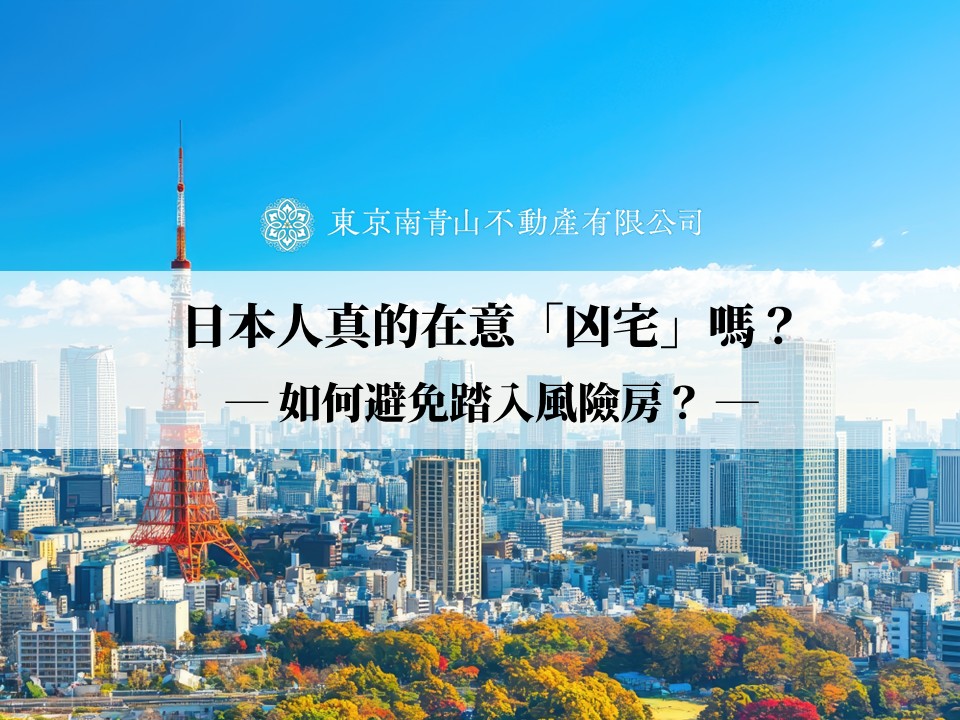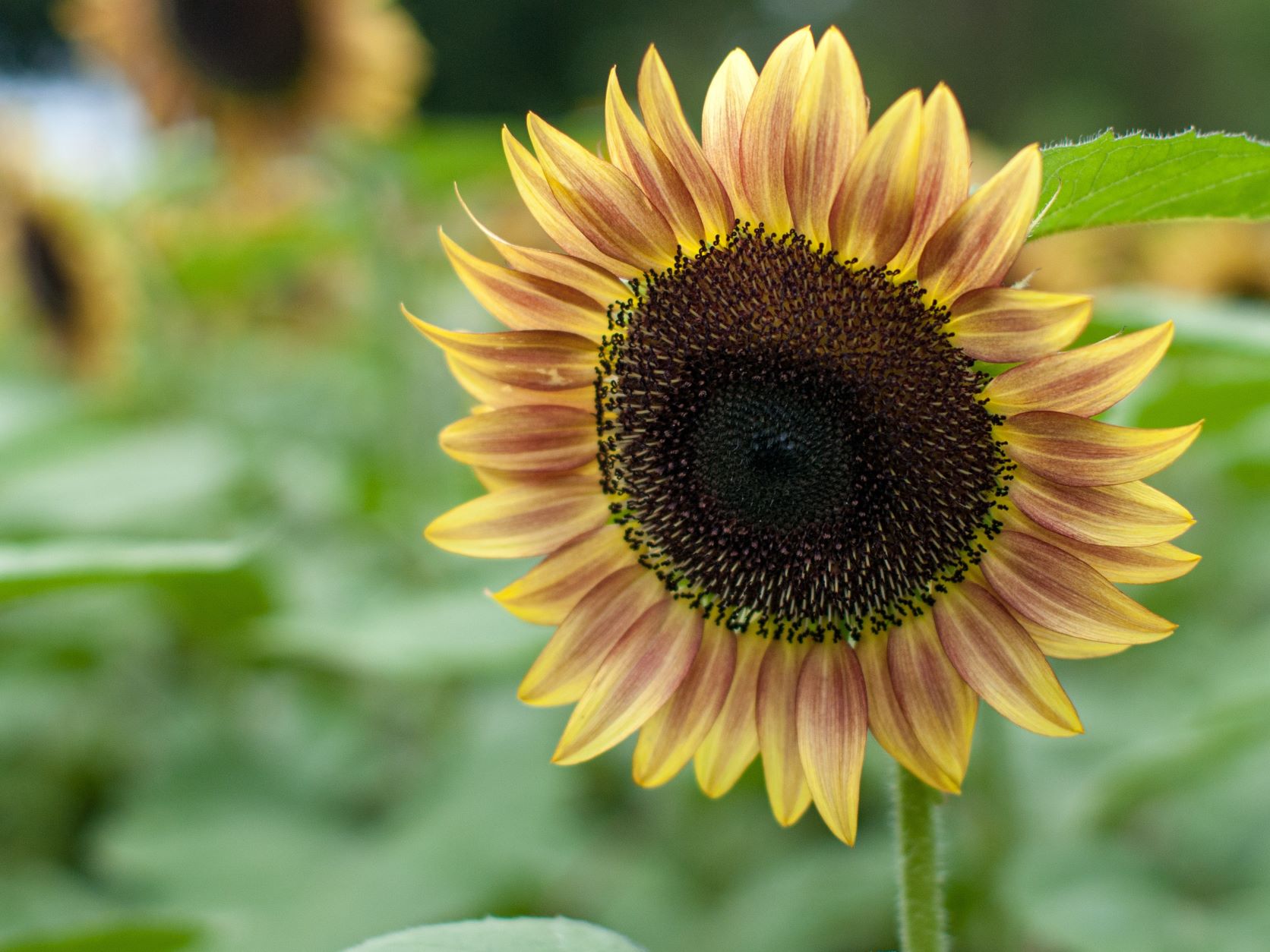September is the month when the intense lingering summer heat finally calms down and the sky gradually feels higher. This season, when the sound of insects echoes and the night breeze is pleasant, is called “Nagatsuki ” according to the lunar calendar.
Nagatsuki, also known as the month when the nights become longer, encapsulates the tranquility and richness of autumn. In this article, you will learn about the origin of Nagatsuki, its culture, seasonal features, and even food and lifestyle wisdom.
1. What is Nagatsuki? The meaning and origin of the name of the Japanese moon in September
The Origin of the Word Yonagatsuki
Nagatsuki is said to be an abbreviation for Yonagatsuki (long night moon), and is named for the time of year when the sun sets earlier and the nights seem longer.
This is the beginning of the season when you can feel the tranquility and calm of autumn even as the summer lingers. In ancient times, people would spend their evenings relaxing, listening to the sounds of insects and the light of the moon.
Other names: Kikuzuki, Momijizuki, etc.
The long moon also has other names, such as Kikuzuki and Momijizuki, which are named after autumn features.
As the seasons change, it is also a month when you can enjoy a variety of natural features.
Mt. Fuji and Maple Tree
Maple Tree
2. The difference between the long moon and the old and new calendars
Around mid-October according to the old calendar
The long moon according to the lunar calendar is between mid-October and early November of the current calendar. Climatically speaking, the leaves are turning red, and autumn is in full swing.
On the other hand, there are still many days in September where the lingering heat is severe, so there is a slight gap between the seasons.
Finding the Subtle Changes in Nature
Nevertheless, if you pay attention to the height of the sky, the sound of insects, and the way the air is clear, you can see that the seasons are steadily changing.
The name Nagatsuki reflects the Japanese sensitivity to such changes.
3. Nature and Scenic Features of the Nagatsuki
Harvest Moon and Moon Viewing Culture
The Nagatsuki is known as the Harvest Moon. This day, which falls on August 15 in the old lunar calendar, has long been known as an event to admire the moon.
The moon viewing culture, in which people gaze up at the night sky while offering dumplings and susuki (Japanese pampas grass), is still alive today.
Spending time calmly looking at the moon in the cool night breeze is a uniquely Japanese experience.
The Sound of Insects and the Coming of Autumn
This is also the season when the voices of crickets and bell crickets begin to echo. For the Japanese, the sound of insects on autumn nights is considered to be the music of nature.
The sense of enjoying the sound of insects, which is sometimes treated as noise in the West, as something with a sense of elegance can be said to be unique to Japanese culture.
4. Traditional Events and Culture of the Long Moon Festival
The Double Ninth Festival and the Healing Properties of Chrysanthemums.
September 9 is Double Ninth Festival. It is one of the five seasonal festivals and uses chrysanthemums to pray for good health and longevity.
During the Heian period (794 – 1185), it was customary to drink kikuzake, a sake with chrysanthemum flowers floating on it, and spread chrysanthemum petals on pillows to ward off evil.
Autumn Equinox and Gratitude for Nature
During the equinox, which is centered on the autumnal equinox, a culture of reverence for ancestors and gratitude for nature is alive and well.
Many families visit their graves, making it an important time to be aware of the connection between people and nature.
5. Tastes of Nagatsuki and Pleasures of the Season
The Beginning of Autumn with Fruit
Nagatsuki is the gateway to autumn with fruit. New rice, Pacific saury, chestnuts, grapes, pears, and more make for a bountiful meal.
By enjoying the flavors of early autumn, you can feel the changing seasons from the inside out.
Food for Events and Seasonal Wisdom
One of the charms of seasonal food culture is the moon viewing dumplings for the Harvest Moon and dishes using chrysanthemums for the Chrysanthemum Festival.
Adopting seasonal ingredients is also said to be good for health, and traditional wisdom is still being used today.
Tsukimi dango
The Double Ninth Festival
6. The Heart of the Long Moon in Your Life
A Quiet Time to Face the Moon
Spending time looking at the moon instead of the screen of your computer or smartphone on the long night of autumn can be a way to prepare your mind.
The long moon is a season that gives you a time of quiet sensitivity, as you overlap nature with your inner self.
Autumn Interiors and the Change of Costume
From airy linen to warm wool materials, we recommend adding autumn colors to your interiors to enjoy the change of seasons.
Let's try inventing ways to make your life with the four seasons unique to Japan pleasantly colorful.
Scenery and Traditions Shining in the Long Moon
Harvest Moon and Susukino Field
The full moon in the night sky and the swaying pampas grass beneath it. This photo reflects the atmosphere of autumn.
Susukino Field
The harvest moon of mid-autumn and pampas grass
Equinoctial offerings and Buddhist flowers
Family offerings of ohagi and Buddhist images decorated with autumn flowers are heartwarming scenes.
Rice Fields with Golden Ears
The sight of rice ears in the rice fields, just before harvest, waving in the wind is a symbol of autumn in Japan.
Fruitful autumn, with rice ears just before harvest
Japanese rice served in a masu (wooden measuring box)


